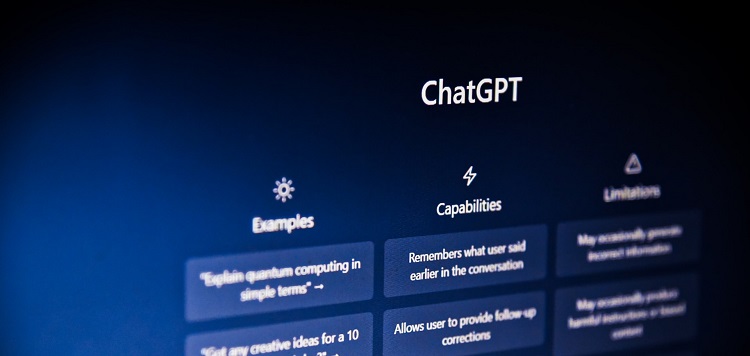As cybersecurity threats continue to evolve and become more sophisticated, there is growing concern that advances in artificial intelligence (AI) technologies will significantly lower the barrier to entry for cybercriminals. One technology that has recently emerged as a potential tool for cybercriminals is ChatGPT, an AI language model that can generate human-like responses to a variety of prompts.
Impact on Crafting Phishing Emails
One of the most significant potential uses of ChatGPT in cybercrime is crafting convincing phishing emails. Phishing emails are designed to trick recipients into divulging sensitive information, such as login credentials or financial information, or to direct them to a malware-infected website. With ChatGPT, cybercriminals would have access to an incredibly powerful language model that could help them craft convincing and compelling phishing emails.
Increased need for AI-literate security professionals
As AI technologies such as ChatGPT become more prevalent, there is an increased need for security professionals who are familiar with these technologies. Security professionals will need to have a deep understanding of how AI can be used to create and perpetuate cybersecurity threats, as well as the technologies and strategies that can be used to combat them.
Validating Generative AI Output for Enterprises
Another significant challenge that enterprises will face as a result of ChatGPT’s emergence in cybersecurity is the need to validate generative AI output. As cybercriminals begin to use ChatGPT to craft phishing emails and other types of malicious content, enterprises will need to develop new technologies and processes to detect and mitigate these types of threats.
The Upscaling of Existing Threats with Generative AI
It’s also worth noting that generative AI has the potential to significantly increase the scale of existing types of cyber threats. For example, ChatGPT could be used to create incredibly convincing deepfake videos or manipulate digital images in ways that are difficult to detect. This could have significant implications for political campaigns or other high-profile events where misinformation or disinformation campaigns may be launched.
Defining Expectations for ChatGPT Use in Companies
One way in which companies may attempt to mitigate the risk of ChatGPT being used for malicious purposes is by defining clear expectations for its use within their organizations. This may involve implementing policies and procedures around who has access to ChatGPT and for what purposes, as well as establishing clear guidelines for how the technology should be used.
Augmenting the Human Element with AI
While there are concerns that AI technologies like ChatGPT will lead to a decrease in the human element in cybersecurity, there are also potential benefits. AI technologies can help augment human decision-making and provide insights into potential threats that might have been missed otherwise.
Old Threats Persist Regardless of AI Advancements
It’s also worth noting that despite the emergence of ChatGPT and other AI technologies in cybersecurity, many of the same old threats and vulnerabilities still exist. Companies and organizations will still need to focus on implementing strong cybersecurity protocols, such as firewalls, access controls, and data encryption, to protect against these more traditional types of threats.
Despite being a relatively new technology, ChatGPT has already taken the world by storm. It is being used by companies and organizations around the world to automate customer service interactions, generate marketing copy, and even write news articles. As the technology becomes more widespread, its potential applications and implications for cybersecurity will become increasingly important.
Automated Lures with Chatbots in Cyberattacks
Finally, it’s worth mentioning that with chatbots, cybercriminals won’t even need a human spammer to write the lures. Chatbots equipped with GPT could potentially generate endless streams of phishing emails, social media messages, or other types of malicious content.
In conclusion, the emergence of AI technologies like ChatGPT presents both opportunities and challenges for cybersecurity. While there are concerns that it could lower the barrier to entry for cybercriminals and upscale existing threats, it also has the potential to augment human decision-making and provide new insights into potential threats. Therefore, companies and organizations must develop new strategies and technologies to address these potential risks while still focusing on more traditional cybersecurity protocols.

